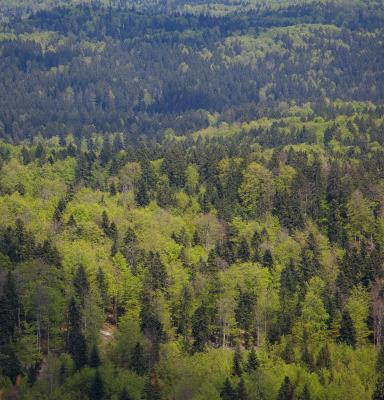
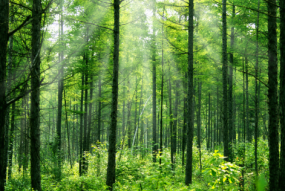
Primary production
Primary productivity is the process resulting from photosynthetic activity of the plants and determines biomass accumulation in forests.

Fresh water
Healthy forests are critical to providing clean water. Forests can positively impact the quantity, quality and filtration costs associated with a city's water.

Fresh air
Trees release oxygen as a result of photosynthesis. Furthermore, trees cool the air through evapotranspiration and improve air quality by trapping dust, ash, pollen and smoke on their leaves.

Logs
Wood has been used for thousands of years as a construction material for housing, for creation of furniture and paper, and increasingly for textiles.

Fuel wood
Most common use of fuel wood today is for cooking and heating. It may be used indoors in a furnace, stove, or fireplace, or outdoors in campfire, or bonfire.
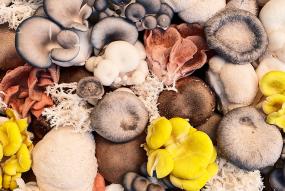
Mushrooms
Mushrooms are being increasingly recognised not only for their ecological significance but also for their nutritional value. All types of edible mushrooms contain varying degrees of protein and fiber.
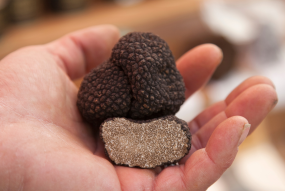
Truffles
Black, white, or something in between, truffles are usually found in close association with tree roots and always underground. Some of the truffle species are highly prized as food.
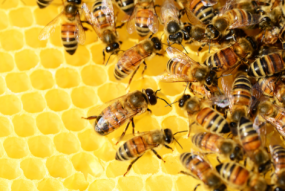
Honey
Honey is considered a superfood packed with all substances vital for sustaining life. It is produced by bees from the sugary secretions of plants from the forests.
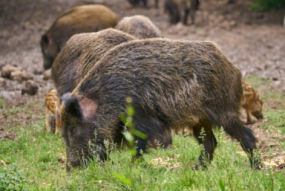
Bushmeat
Bushmeat is an important food resource for people, particularly in rural areas. Furthermore, hunting is a vital part of responsible forest management as it protects the forests.

Fodder
Fodder is a food for cattle, horses, sheep and other domesticated animals. Forests represent are a vital community resource for fodder and leaf litter.
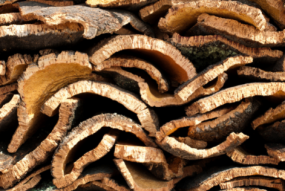
Cork
Cork is layer of bark that is harvested for commercial use primarily from the cork oak (Quercus suber). It has impermeable, buoyant, elastic, and fire retardant properties.
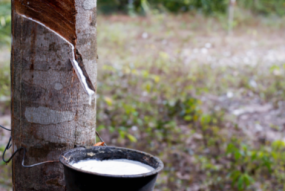
Latex
Rubber is harvested mainly in the form of the latex from the rubber tree (Hevea brasiliensis) or others. It is collected using a process called "tapping".
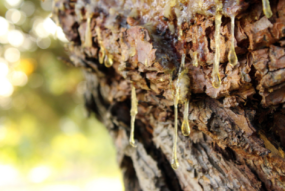
Resin
Resin is widely used in varnishes, adhesives and food-glazing agents, and it can be used for perfumes, cosmetics, and flavouring.

Berries
Blackberry, black cherry, serviceberry, currant, elderberry, chokeberry, raspberry, blueberry, staghorn sumac, strawberry... the list goes on and so do the health benefits of these products.
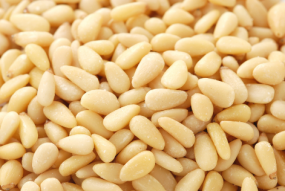
Nuts
Hickory nuts, butternuts, beachnuts, walnuts, chestnuts, acorns, hazelnuts, pine nuts are just some of the edible nuts that come from forests.

Medicinal plants
70 to 95% of people in many developing countries rely largely on traditional medicine – mostly herbal remedies – for primary healthcare.
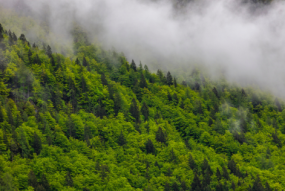
Climate regulation
Forests regulate climate at local, regional and continental scales, by producing atmospheric moisture and rainfall, and controlling temperature.

Carbon sequestration
Forest absorb carbon dioxide from the air as they grow, and bind it into biomass, thus reducing the amount of CO2 in the atmosphere.

Erosion regulation
Leaf canopies help reduce erosion caused by falling rain by providing surface area where rain water lands and evaporates. Roots take up water and help promote infiltration.

Natural hazards regulation
Forests can retain excess rainwater, prevent extreme run-offs, reduce the damage from flooding, or protect urban areas as wind shield.
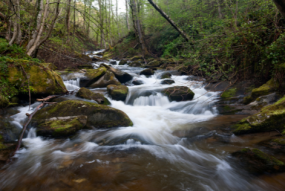
Water purification
Water gets cleaner because the soil filters out substances such as mercury, pesticides and other pollutants. Clean water depends on healthy soils which depend on healthy forests.
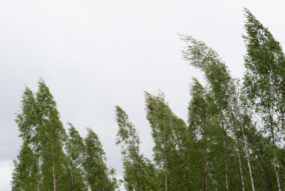
Air pollution control
Trees absorb odors and pollutant gases (nitrogen oxides, ammonia, sulfur dioxide and ozone) and filter particulates out of the air by trapping them on their leaves and bark.

Recreation
Forest activities may include biking, hiking, trekking, walking, meditating, tree hugging, tree climbing, camping, zip-lining, skiing, sledging, rafting, etc.

Tourism
Visiting national parks and other protected forest areas, birdwatching or other forms of eco-tourism help us develop a profound appreciation for nature, which in turn fuels better conservation.

Aesthetic values
Trees add beauty to their surroundings by adding colour to an area, softening harsh lines of buildings, screening unsightly views and contributing to the value of nearby properties.

Spiritual heritage
Forest have an intrinsic sacredness, associated sacredness (forests as the place of significant spiritual history or culture), and may be a place to experience transcendence.

Education
Forest pedagogy is environmental education on forest, relations and processes taking place in forests, forest management and forest benefits to humans.

Inspirational values
Consider how many songs, fairy tales, poems, paintings, films, cartoons, and various other forms of art have been inspired by the intangible inspirational values of our forests.

Primary production
Primary productivity is the process resulting from photosynthetic activity of the plants and determines biomass accumulation in forests.

Provision of habitats
Forests are home to 80% of the world’s terrestrial biodiversity. Additionally, millions of people live in forests and depend on the forest products for their livelihoods.
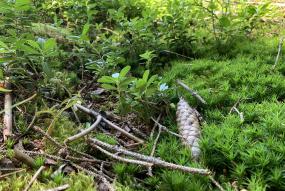
Soil formation
The litter (leaves, needles, twigs etc) from the trees help in soil formation. The trees ‘feed’ from the nutrients in the soil, but in turn the soil is ‘fed’ from nutrients.

Nutrients cycling
Nutrient cycles aid in the functioning of ecosystems and restore ecological balance. Nutrients are taken up by trees and released back into the environment following their death.
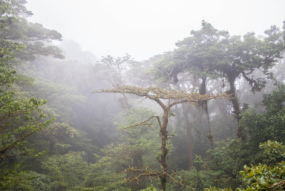
Water cycling
Trees pull water from the ground and release it into the atmosphere as vapour through pores in their leaves, driving temperatures and rainfall across the globe.